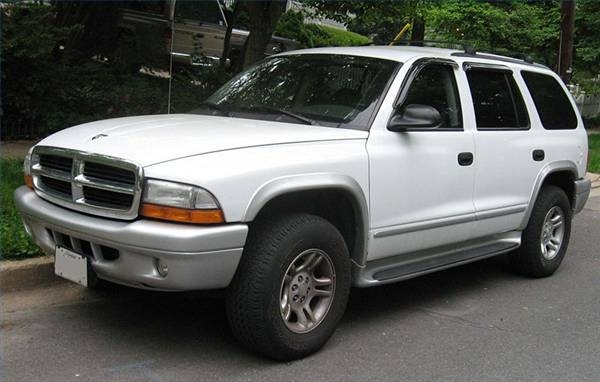
The internal components of the brake master cylinder on your Dodge Durango wear out after years of service. The valve and pistons may leak and become unresponsive. In such cases, the brake cylinder must be replaced to ensure the safety of anyone onboard the vehicle while it's on the road. Once you have the exact unit replacement, bleed the master cylinder, according to the manufacturer's instructions and have it ready for installation. Now you're ready to change the unit on your Dodge Durango.
Depress the brake pedal several times with the engine off to get rid of any vacuum left on the brake booster.
Open the hood and locate the brake master cylinder on your Dodge Durango. The master cylinder is attached to the brake booster, a drum-like unit mounted on the firewall of the engine compartment, right in front of the driver side of the vehicle.
Remove as much brake fluid as possible from the master cylinder reservoir using a hand-siphon pump.
Unplug the low-fluid level electrical connector from the brake master cylinder unit.
Cover the front fender, closest to the brake master cylinder, with a shop rag to prevent brake fluid from damaging the body paint.
Disconnect the brake line nuts from the brake master cylinder using a tube wrench to prevent damage to the lines and nuts.
Cover the disconnected brake lines with plastic and rubber bands to prevent contamination of the brake system.
Remove the four master cylinder mounting nuts using a wrench or ratchet and socket.
Separate the brake master cylinder from the booster studs being careful not to disturb the booster output rod connected to the center of the master cylinder.
Lift the master cylinder off the engine compartment.
Set the new master cylinder carefully on the brake booster mounting studs, making sure the booster output rod slides correctly into the master cylinder.
Install the master cylinder mounting nuts by hand to avoid thread damage and then tighten the nuts.
Start the brake line nuts by hand to avoid thread damage and then tighten the nuts.
Plug the master cylinder low fluid level electrical connector.
Fill the master cylinder reservoir with brake fluid.
Bleed the brake system, according to the procedure recommended by the manufacturer of your particular Dodge model.